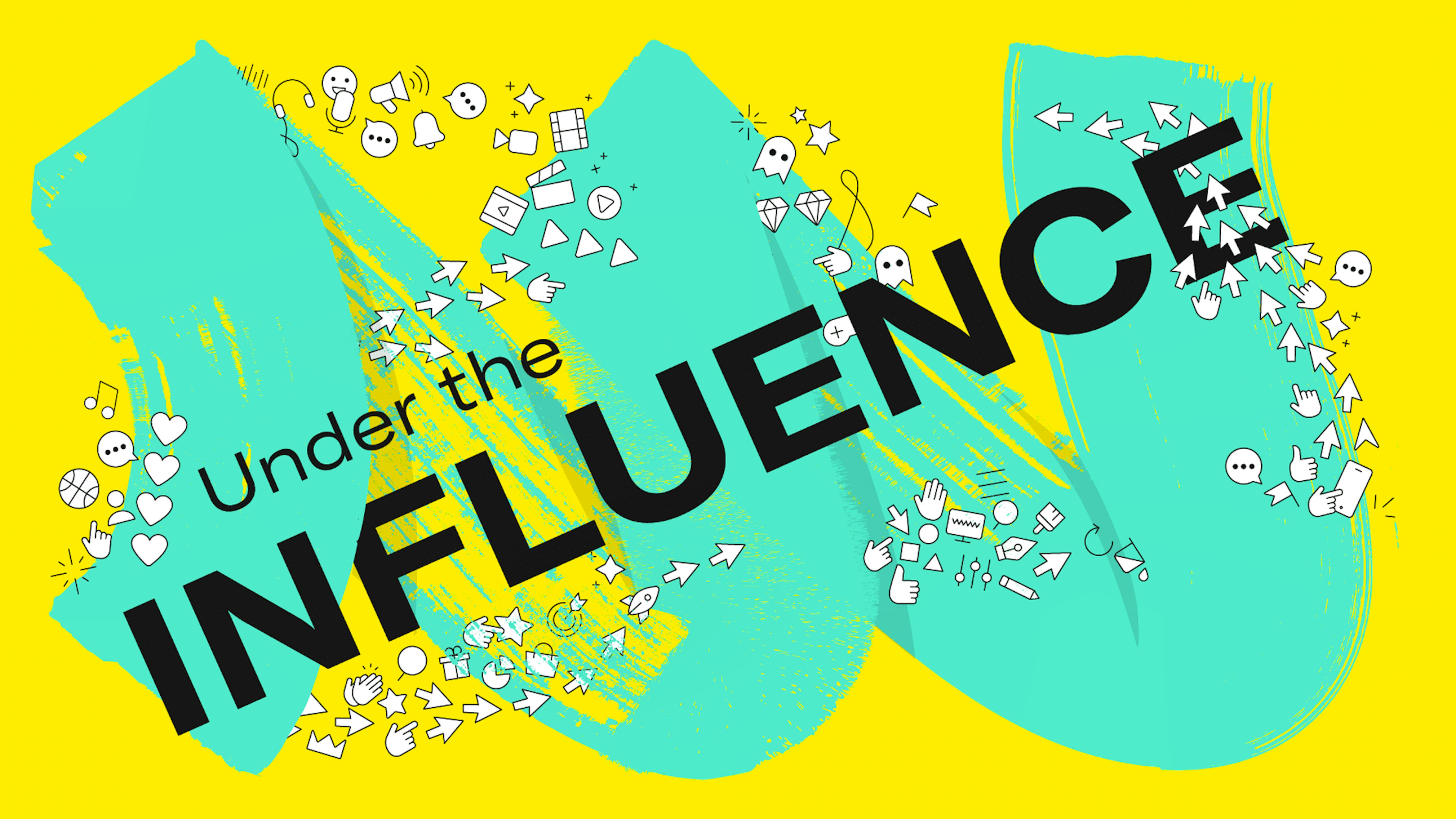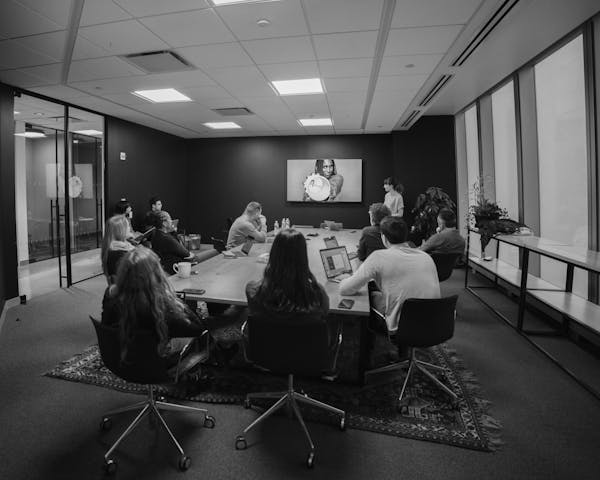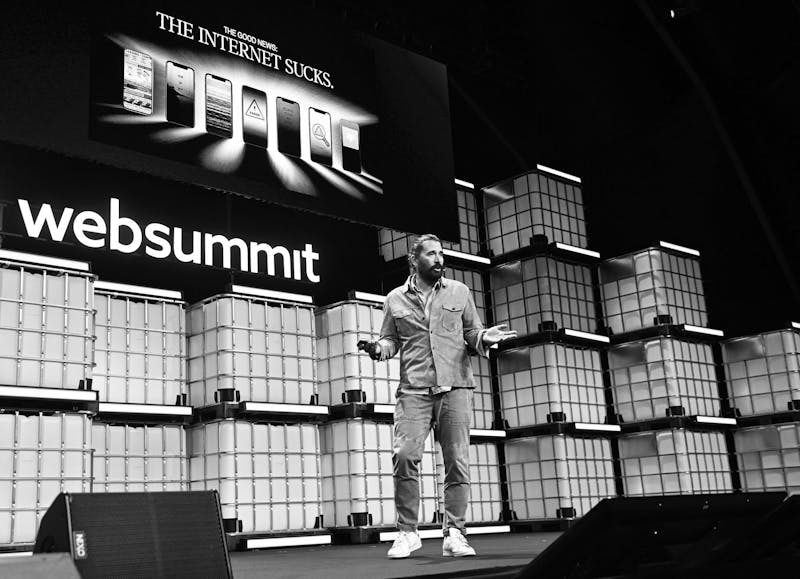
Code and Theory Hosts a Webby Talk at NYC Headquarters

As part of their annual Webby Talk series, Claire Graves, Executive Director of The Webby Awards, stopped by Code and Theory to give us the download on what they’ve observed across the internet over the last year.
This year’s theme, Under The Influence, is all about tension and controversy. Whether it’s been benign brand battles on Twitter — think: the epic back-and-forth between Popeyes, Chick-fil-A, and Wendy’s about the chicken sandwich — or political debates between family members on Facebook, controversy has had a way of rising to the top of feeds and our collective social media consciousness over the last year.
It's in our DNA
In our very distant past, anger was a societal and biological advantage that allowed early humans “to gain access to valuable resources such as food and desirable mates or to protect [themselves] from direct attack by others.”* While we may not need to display anger for such primal needs today, this emotion is part of our interpersonal makeup. Today, with platforms, channels, and social media users dramatically proliferating each year (there were 202 million new users on social media between 2018–2019), the opportunities to engage with communities of people (and inevitably argue) have increased exponentially.
Cycles of controversy
According to the Webbys, the equation is cyclical: controversial content catches the eye of a social media user, which incites the user to engage with the content (whether it’s clicks, shares, comments, likes, saves). A platform’s algorithm then adjusts to promote this highly-engaged content, which thereby brings the content to the top of users’ feeds, and the cycle continues. So, as long as we continue to interact with controversial content, that’s the type of content we will continue to see.
Giving the people what they want
Despite social platforms’ algorithms privileging controversy, only 3% of people actually want to see arguing on the internet (according to a YouGov study). These respondents would actually prefer to see the types of content that social media was initially designed to display — friends and family, humor and entertainment, and the discovery new things. This inevitably begs the question of brands and agencies alike — what is our role within the discourse on social media? Do we create content that’s designed to evoke controversy, or do we have an obligation to help facilitate decorum?
*Buss, D. M., & Duntley, J. D. (Eds.). (2006). The evolution of aggression. Madison, CT: Psychosocial Press.





